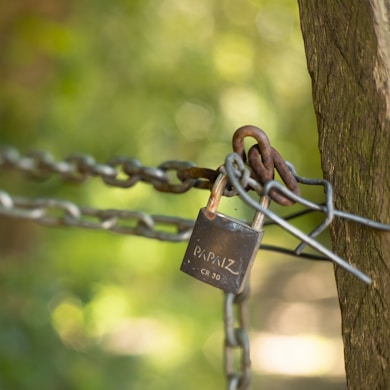
 Can you keep a secret?
Can you keep a secret?
Can you keep a secret?
This doc introduces a few techniques to implement encryption in Coda.
What is Encryption?
“Encryption is the process of securing information in such a way that it is difficult or impossible for other people to read without your permission.”
ᴡʜᴀᴛ’s  Plaintext ᴍᴇᴀɴ?
Plaintext ᴍᴇᴀɴ?
Plaintext
ᴅᴇғɪɴᴇ  Cipher ғᴏʀ ᴍᴇ?
Cipher ғᴏʀ ᴍᴇ?
Cipher
ɪs  Ciphertext ɢɪʙʙᴇʀɪsʜ?
Ciphertext ɢɪʙʙᴇʀɪsʜ?
Ciphertext
ᴡʜᴀᴛs ᴀ ᴜɴɪǫᴜᴇ  Key ?
Key ?
Key
“The first rule of keeping secrets is nothing on paper.”
Let’s start with a little game...
Cite
💡 Use the slider to adjust the shift value of the cipher until you break the encryption. You can click Help! if you get stuck, or are just feeling lazy ;)
👇
1
Shift Value:
000
0Help!
6
7
L
5
K
3
F
4
E
B
G
9
ú
k
X
V
h
Z
g
b
There are no rows in this table

What does this teach us?
Where this idea came from...
Storing secrets in plain sight
“The best solution is to NOT store the password”
Where to from here?
Want to print your doc?
This is not the way.
This is not the way.

Try clicking the ⋯ next to your doc name or using a keyboard shortcut (
CtrlP
) instead.
